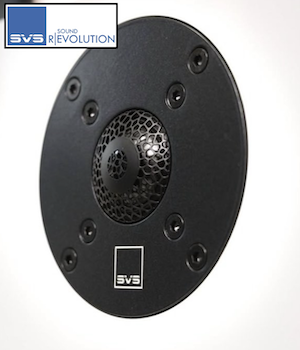WillDoLikeMildew
New Member
Thread Starter
- Joined
- Jun 27, 2024
- Posts
- 10
More
- Preamp, Processor or Receiver
- Yamaha RX-V385
- Front Speakers
- Dali Zensor 1
- Center Channel Speaker
- none
- Surround Speakers
- Cambridge Audio Minx Min 22
- Subwoofers
- SVS SB-1000 Pro
- Other Speakers
- miniDSP 2x4 HD
I recently learned that when measuring the left and right channel playing simultaneously, differences of mic placement of only a couple millimeters could result in large differences in the measured level of top end, even with 1/1 smoothing applied, due to the phase discrepancies between the speakers relative to the mic position. This introduces an arbitrary amount of error that won't be subjectively experienced by a person with two ears who doesn't sit frozen in the exact same millimeter of space every time they listen to music.
So now I'm wondering, what is the actual most meaningful way to measure the frequency response of an entire stereo system? I see people sharing their measured frequency responses all the time, so what are they doing? Are they just ignoring this potential error?
Are they taking an average of the measurements of the left and right channel instead? The issue I see with doing that is in a system with one subwoofer (like my own system), muting one of the channels will make the sub experience a significantly larger dB decrease than the speakers. This is because the channels feeding the sub are 100% perfectly in phase with each other, whereas the channels for the speakers won't be once they enter the real world and come out of two entirely different locations.
It seems then that a measurement of the left and right channels playing together would be more accurate for the low frequencies, whereas an average of the left and right channel measurements would be more accurate for the high frequencies.
So what I do is I get both the measurement of L+R playing simultaneously, and an average of L & R playing alone. The average is obviously going to be quieter than the sum of L+R. So I apply some gain to the average to make it reach the same level as L+R, using the midrange as a reference (around 500-1000 Hz), then I just stitch together the two curves with L+R being used from 20-1000 Hz roughly, and the average of L&R being used from 1000Hz - 20kHz.
Am I overthinking this? What are people actually doing when they share their frequency responses? Is there an easier way to make sure I'm getting an accurate, meaningful read of my frequency response from a listening position?
So now I'm wondering, what is the actual most meaningful way to measure the frequency response of an entire stereo system? I see people sharing their measured frequency responses all the time, so what are they doing? Are they just ignoring this potential error?
Are they taking an average of the measurements of the left and right channel instead? The issue I see with doing that is in a system with one subwoofer (like my own system), muting one of the channels will make the sub experience a significantly larger dB decrease than the speakers. This is because the channels feeding the sub are 100% perfectly in phase with each other, whereas the channels for the speakers won't be once they enter the real world and come out of two entirely different locations.
It seems then that a measurement of the left and right channels playing together would be more accurate for the low frequencies, whereas an average of the left and right channel measurements would be more accurate for the high frequencies.
So what I do is I get both the measurement of L+R playing simultaneously, and an average of L & R playing alone. The average is obviously going to be quieter than the sum of L+R. So I apply some gain to the average to make it reach the same level as L+R, using the midrange as a reference (around 500-1000 Hz), then I just stitch together the two curves with L+R being used from 20-1000 Hz roughly, and the average of L&R being used from 1000Hz - 20kHz.
Am I overthinking this? What are people actually doing when they share their frequency responses? Is there an easier way to make sure I'm getting an accurate, meaningful read of my frequency response from a listening position?














